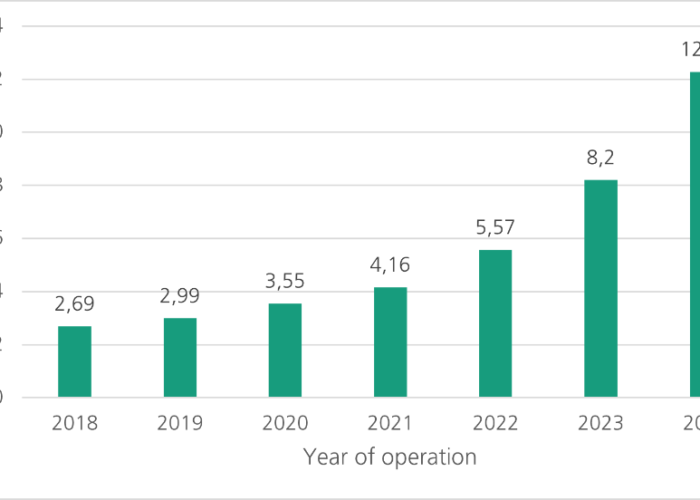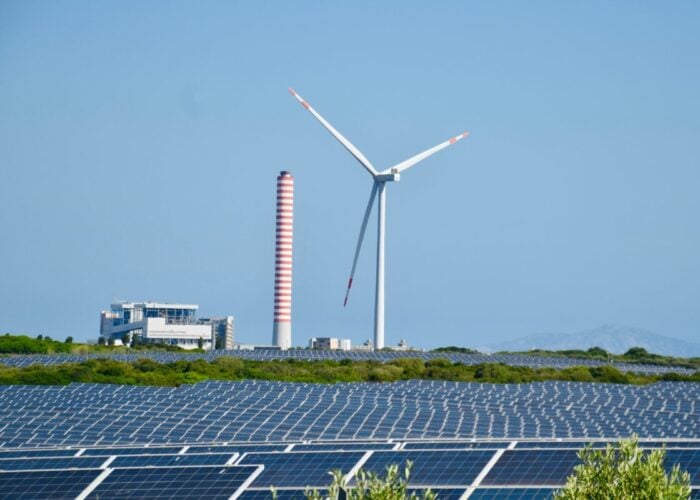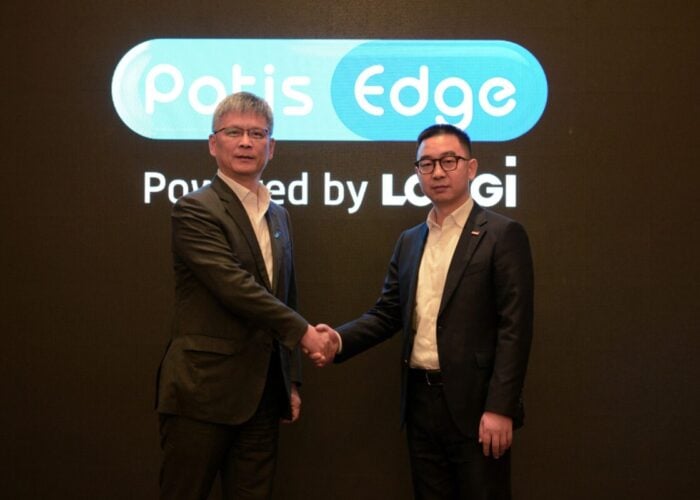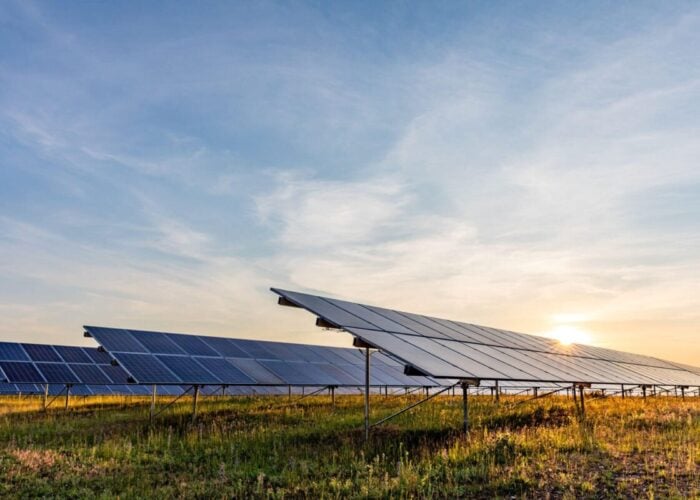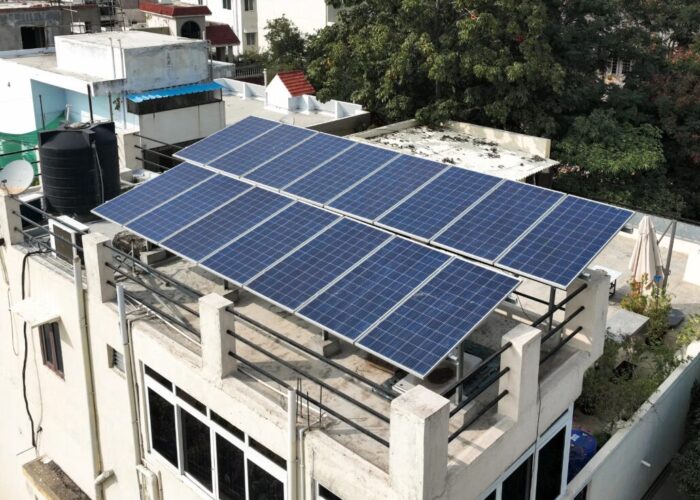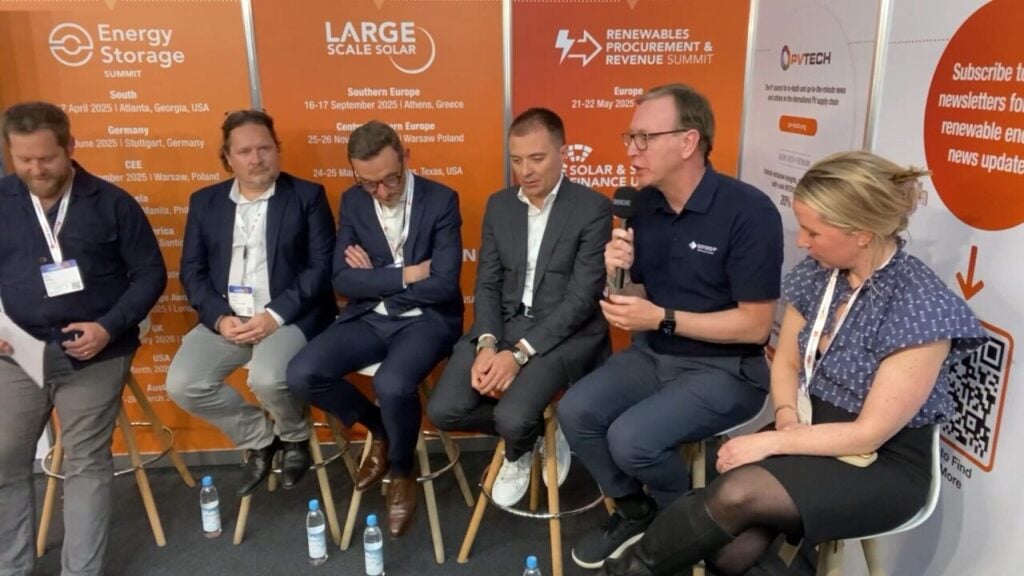
“You need to be creative,” Elena Donzelli, PPA transaction manager at Pexapark told PV Tech Premium at this year’s Intersolar Europe event, held in Munich in May. Her comments came not in response to matters such as policy impact or project design, but an aspect of the European solar sector perhaps not often associated with creativity: financial mechanisms.
Indeed, her comments follow a growing interest in developing more innovative and creative financial mechanisms to make the best use of the world’s growing solar capacity: more nuanced offtake agreements was discussed at Intersolar as a key tool to minimise risk, and speakers at Solar Media’s Renewables Procurement & Revenue Summit told PV Tech Premium that more trust is a key aspect of changing power purchase agreement (PPA) priorities in Europe.
Try Premium for just $1
- Full premium access for the first month at only $1
- Converts to an annual rate after 30 days unless cancelled
- Cancel anytime during the trial period
Premium Benefits
- Expert industry analysis and interviews
- Digital access to PV Tech Power journal
- Exclusive event discounts
Or get the full Premium subscription right away
Or continue reading this article for free
Ensuring financial mechanisms are fit for purpose are particularly important, considering the massive investments being made into the global solar sector, which are pushing equally record-breaking deployments. A report from the International Energy Agency (IEA) found that the world invested US$503 billion into solar PV in 2024, more than the US$426 billion invested into all other generation technologies combined, highlighting the phenomenal interest in deploying new solar projects.
Indeed, SolarPower Europe notes that the world added a record 597GW of new solar capacity in 2024, a 33% year-on-year increase, and the latest in a trend of sustained growth in project deployment. If these trends are to continue, many of the financial challenges discussed at this year’s Intersolar event will need to be overcome, and perhaps some of the creative solutions to market problems will need to be implemented.
A changing financial landscape
Donzelli’s comments followed a presentation given by her colleague, Itamar Orlandi, who discussed how so-called hybrid deals, those involving a single offtake agreement for multiple generation technologies, had become a cornerstone of the European PPA space. When asked if she had seen similar trends, and if such deals had become an important part of the changing European financial landscape, Donzelli agreed.
“What we’ve seen in 2024 is that, compared to previous years, there was a very big increase in hybrid deals, especially solar-plus-wind, but also co-location with storage,” Donzelli told PV Tech Premium. “Especially in Spain, in response to the problem of only solar not being such an attractive profile anymore; including wind was improving the business case for developers.
“I think this is something we will see for sure this year, until some of the issues with the profile of solar will improve.”
Ensuring the business case remains strong is a key priority for investors and developers alike, not just in a vacuum, but in order to make projects stand out in an increasingly competitive PPA space. According to Pexapark, each month between December 2024 and April 2025 saw at least 20 deals struck in the European PPA space, for a total of 6.6GW of capacity.
While the number of deals signed fell to just 12 in May, earlier sustained interest in signing agreements highlights the increasing importance of building a robust business case for an offtake agreement, particularly, as Donzelli said, considering the variable nature of renewable power.
“It’s not a problem that will ever go away, but there are tweaks you can do with your solar asset that can make it attractive and have a good revenue case,” said Donzelli. “Adding a battery is one of the options.”
“Europe has become the continent of zero-risk investment,” said Gaëtan Masson, CEO of the Becquerel Institute, who spoke at a panel organised by PV Tech at the Intersolar event, which can be seen above. His comments point to an increasing unease among European investors in supporting solar projects, particularly in response to disruptions in the European energy mix, such as April’s Iberian blackout.
However, both Masson and Donzelli agreed that zero-risk investments are so hard to find that looking exclusively for them is unwise. A better solution, according to Masson, would be to recalibrate risk appetite so investments can be made into a sector crucial to meeting the world’s climate goals.
“We don’t want companies going bankrupt, because after that workers are going in the street and voting for the opposition,” Masson said. “The problem is that – in my opinion – the political world, in general, has not understood what’s happening in the financial sector. If we want to industrialise, we need money.”
The role of supportive policy
The rapidly-changing financial landscape is reflected by a policy environment that has also not remained static, according to Donzelli.
“The challenge has been moving from a subsidised market [which is] a market where you had subsidy schemes from the government giving you fixed payments over 20 years,” said Donzelli.
Masson noted, however, that some policy support remains for the European solar sector, most notably the Net Zero Industries Act (NZIA), launched last summer that aims for European manufacturers, and locally-made products, to meet at least 40% of the continent’s annual renewable energy deployment needs by 2030. Masson said that the principle is sound: “You can assemble a module in Europe and buy cells in India and it will work”.
However, Masson called for more policy clarity, and direct support, on both a national and continental scale.
“The European Commission would like to go one step further in public procurement,” said Masson. “In the recent announcement from the Commission, we’ve heard that for public procurement, we would go in the direction of ‘made in Europe’. So we might have a different regulation for 30% of tenders and another one for public procurement that will be even more restrictive.”
“The question that we haven’t solved yet – and it’s a question that my own customers are asking me on a daily basis – is what does that exactly mean, ‘made in Europe’?” he added, pointing to the challenges that can arise from solar manufacturing in particular, where the sheer number of components needed to build a module, and the fact that many are produced in different corners of the world, means it can be challenging to determine exactly where a finished module can be said to have come from.
“As what classically happens, what starts as a square when it goes through the process comes out like an octagon or a dodecahedron because someone’s chipped away at every edge as it’s gone through,” explained David Ward, CEO of perovskite manufacturer Oxford PV, who spoke on the PV Tech panel, and whose comments are available above.
His point, that the breadth of markets and jurisdictions that the NZIA will impact, and the fact that a continent’s worth of policymakers have had a say in its construction, means that while its conceit is strong, it is perhaps not Europe’s answer to the Inflation Reduction Act (IRA) in terms of incentivising manufacturing.
“[The NZIA] is not quite what it originally intended, but there are definitely parts that are supportive.”
Ward also suggested that, considering the bold ambitions for Europe’s manufacturing sector in particular, a combination of private and public finance will be needed to support European manufacturing.
“For us it’s going to have private financing in some way, shape, or form – we’re not debating the equity point – and that wants public financing to show support behind it,” said Ward, suggesting that a considerable change in Europe’s financial and policy landscape could be necessary.
Market mechanisms and minimising risk
“We need public money, and not in the way that it’s happening now,” said Masson, agreeing with Ward’s assessment on the types of finance needed for European solar. These comments reflect market trends; an IEA report into renewable energy financing found that corporates and governments were responsible for 48% and 37%, respectively, of global energy sector investment between 2018 and 2023, suggesting that both sources of income will be necessary to deliver the European energy transition.
However, the sheer volume of capital coming from these sources varies more considerably. The same IEA report found that commercial sources were responsible for 74% of capital entering the energy sector, and Masson suggested that effectively de-risking investments could be the best route to balancing these investment trends.
“For the time being, many projects are being promised a significant amount of public money, if they can raise the same amount, or more, in private money. But private money isn’t going to come just because public money is coming, it’s going to come if it’s de-risked somehow. So we need to de-risk private money as well.”
“You need to be creative, and in the PPA, you need to share the risk of negative prices between the offtaker and the producer, in a meaningful way that can allocate [risk] to both,” added Donzelli, bringing together these ideas of minimising risk and finding creative market mechanisms.
“There’s nothing else in Europe and these two crashed beyond all expectations,” says Masson in the video above, pointing to the well-documented struggles of Siemens Gamesa and Meyer Burger that loom large over the European solar industry, and exist as painful reminders of the losses an investor can endure if a company falters.
“So, of course, investing in PV, batteries and anything in the sector has become ‘high-risk’, so the only way to get out of that is to go through public money, or public de-risking of investment.”
“The will is there, but getting real tangible instruments [is challenging],” added Ward, suggesting that the willingness from private investors to support the solar industry is not backed up by the market fundamentals of the sector at present.
“No one’s expecting the public support to be all of what we do, but it’s a vital part of leveraging private financing alongside it.”
The need for de-risked investments, and new, creative market mechanisms, is particularly important considering, as Masson says, there is less of a precedent of large-scale venture capital investment into renewable energy than in other sectors. If this type of funding remains inaccessible for European solar, other avenues will need to be pursued to deliver on the energy transition.
“Venture capital in Europe doesn’t exist for that kind of investment,” said Mason. “It exists for an AI company doing something super innovative, or biotechnologies, but it doesn’t exist for something that’s already mainstream. It’s a lack of understanding of how financial markets are working.
“We need to ask for that de-risking.”

